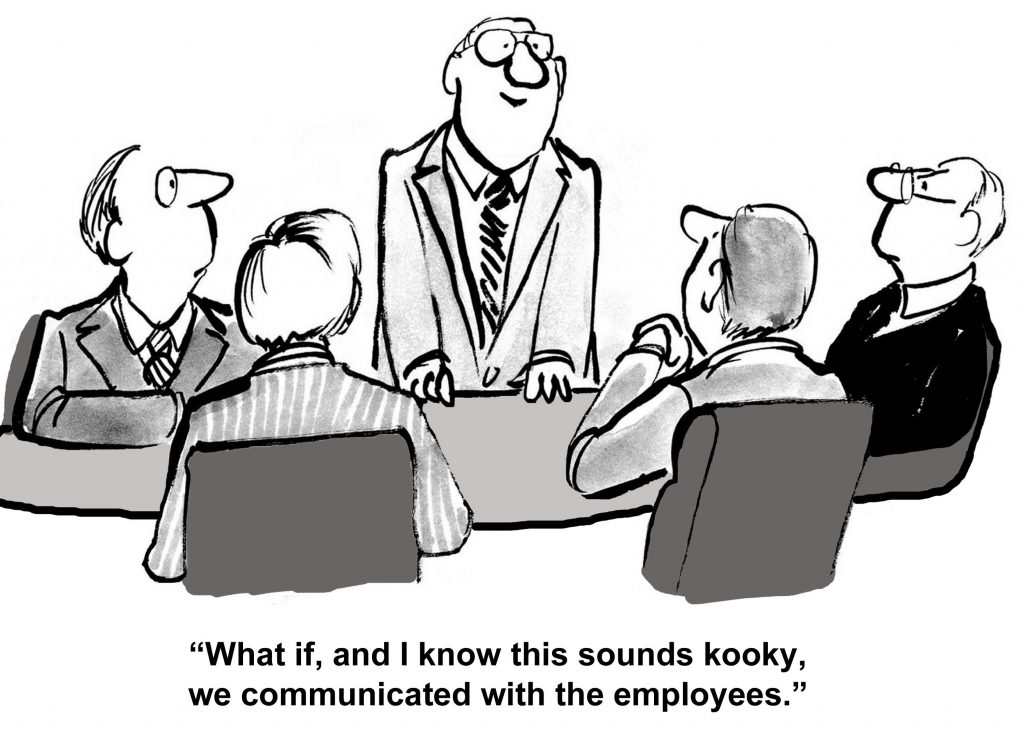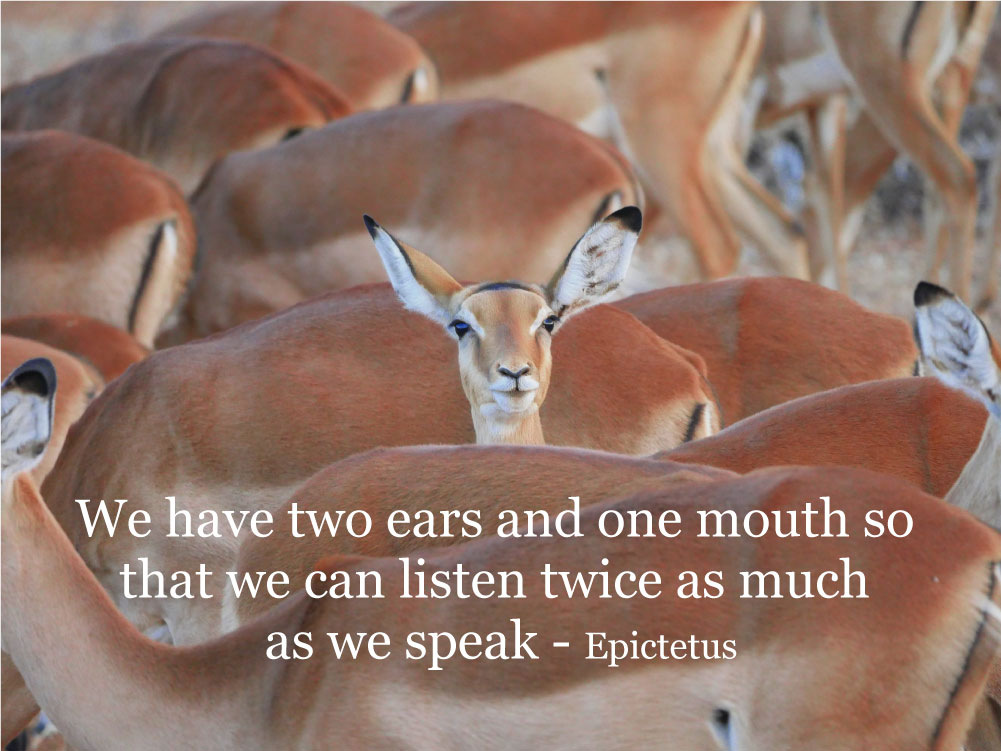In this blog, we explore 4 key pillars of great leadership – talking, listening, reading and writing. Leadership, in many ways, is simple although often difficult to put into practise! Highly effective communication is at heart of great leadership though. It builds trust, inspires a shared vision and creates the conditions for people to embrace new ways of working and thinking and to perform at their best.

The Leadership Challenge
Of course, it does help if you also have plenty of energy, drive, determination, wit, experience, sound judgement and so on. These are invaluable personal characteristics. But that’s what they are – just characteristics or traits.
It’s what you do with them that counts. And that’s where the 4 Pillars of great communication come in. Can we think of any role models who have demonstrated such characteristics and applied them well, in practice, through the 4 Pillars?
Here’s one: Sir Winston C. Churchill
In 2019, we celebrated, 75 years on, the success of the 1944 D-Day landings and in 2020, we will do likewise, to celebrate V.E. (Victory in Europe) Day and the end of World War II.
Winston was our national leader in those days – and what a leader he was. And what were his own, personal, well-renowned leadership weapons? Yes; you’ve guessed it – Talking & Listening, Reading & Writing!
He talked with & listened to his fellow national leaders, his military commanders & advisers; he talked to Parliament, he talked to the Nation on radio – and in such a way that, when the going was tough, everyone listening, whoever and wherever they were, and rolled up their sleeves, ready for action.
He read the many reports he would receive, on a daily basis; again from his advisers, his military commanders in the various war zones, from his War cabinet.
Then he would issue his orders in writing (usually handwritten). ACTION THIS DAY, would often be the headline. And he wrote many books including a comprehensive History, in six volumes, of The Second World War.
He was, undoubtedly, the greatest war-time leader that our country could ever have had. Why? Because he was an exceptionally good Talker and Listener, Reader & Writer.
So, what about Leadership for the 21st century?
OK; so we can’t all be renowned as wonderful war-time leaders. Nevertheless, as Leaders in our own fields, we can still all apply the 4 Pillars – to the very best of our ability.
Whether we lead an organisation, a department, or a team – in the public, or the private, or the charity/not-for-profit sector, no matter how big or how small, there will ALWAYS be a need to recognise the need for and application of these 4 key pillars – Talking and Listening, Reading & Writing.
Of course, as with most things in life, it requires practice. But the more we do it, the better we become. Yes, we might make mistakes. But if we can learn from our mistakes, not hide from them, but try to do better next time, not only will WE become better, but our ‘troops’, those we lead, will too.

Applying the 4 key pillars in practice
So, what guidelines or ‘rules’ might we attempt to observe and to apply in practice?
Talking
1. Think before we speak. Be clear about what we want to say – and to whom – and why ?
2. Keep what we want to say simple. No long, convoluted sentences. No fancy phrases or un-necessary jargon. No ‘management-speak’.
3. Speak clearly and directly. It doesn’t matter whether it’s just one-to-one, or with a small group, or a large group, or an audience.
4. Where appropriate, through questioning, let’s check that whoever is listening understands what we’ve just said and that the follow-up action, if required, is both necessary and do-able.
5. Again, where appropriate, let’s confirm next steps – on both sides and timescales for action.
Listening
1. As the well-known cliché goes . . . . .
“we are equipped with two ears and one tongue; let’s use them in that proportion! “
2. If we listen to our team members, we will always learn a lot – even though what we hear may not always be to our liking. But at least we’ll know what’s what.
3. Think about the ‘environment’ where these conversations are taking place. Their place; our place; some other place? When it isn’t intimidating, it shouldn’t be surprising if our team members are willing to open up more, be more chatty, be more informative.
Find a place where we can listen better and so can they (when we’re doing the talking!).
4. Afterwards, let’s not forget to think about what we’ve just heard. What are the underlying ‘messages’? How should this inform our own formal an informal next steps?
5. Don’t forget to “listen” with our eyes. Observing body language can be far more reliable to gain understanding that relying on what they say alone!
Reading
1. Let’s ask for things to read. Reports, data, diagrams, other written intelligence.
2. Let’s search for other things to read. About what other people and organisations are doing, why & how. What other people are thinking, about what’s around the corner – and what they think might be the consequences.
3. Let’s use our reading to help us think about what should come next for us and for our team, which will also help to form our dialogue with them – spoken or written.
Writing
1. Let’s get our thoughts on all that we’ve listened to and read down on paper or screen, as the basis for communicating the current state-of-play and where we think we should be heading and how we think we might get there.
2. Let’s develop our writing skills, through plenty of practice, so that we are able to convey our thoughts clearly and succinctly, ‘painting pictures’ so that others can easily follow what we mean.
3. We need to share what we’ve written with those whom we think will benefit from it – within our team, with ‘upstairs’ and with any other stakeholders. And invite their response; in writing or in spoken dialogue.
4. Let’s do all this regularly; whenever we have something new to say and which should be shared with others.
Remember, we don’t all take in information in the same way. Some like to read, some would rather be told and others may watch a video. Others just want to get on a give it a go with good old trial and error. Learn to communicate with others in a way that helps them learn and find meaning. With meaning comes purpose and with purpose comes a desire to get on board.
So, what are you going to do next?
All this ‘Talking & Listening, Reading & Writing’ seems so basic, so blooming obvious and we do it all anyway, don’t we, without even thinking about it? So, what’s all the fuss about? It just comes naturally to us surely?
Ah; but how WELL do we do it? (honesty required here!) And how would we know? What kind of feedback are we getting on our actual performance in all of this?

The reality is, we may not be quite as good at all this as we think. But to be an effective Leader, we need to be pretty darn good at it, if we want our team to deliver the very best results they can. Just think; if were DEAD GOOD at this, what a difference it would make – to ourselves and to the team and to the whole of our organisation.
Yes, it’s basic – but only when we get the basics right are we on to a winner. We need to practise – and practise – and practise. Just ask professional sportspeople, musicians, artists, chefs, writers, actors. They know.
In our case, to be great leaders, we must stand tall upon the 4 Key Pillars:
Talking & Listening, Reading & Writing.
What could be better than that . . . . . . . ?
